|
Rhonda Gothberg, a goat farmer and cheesemaker from Washington State, USA, joined us on the Artisan Bread Course Tuscany this year. She shared wonderful commentary and photos online during the course and has allowed us to share them with you in this blog post. We have put together her comments and photo captions below. Enjoy! First a note from us: Rhonda had travelled around Italy before joining the course, which began in Hotel Park Regina, Bagni di Lucca. 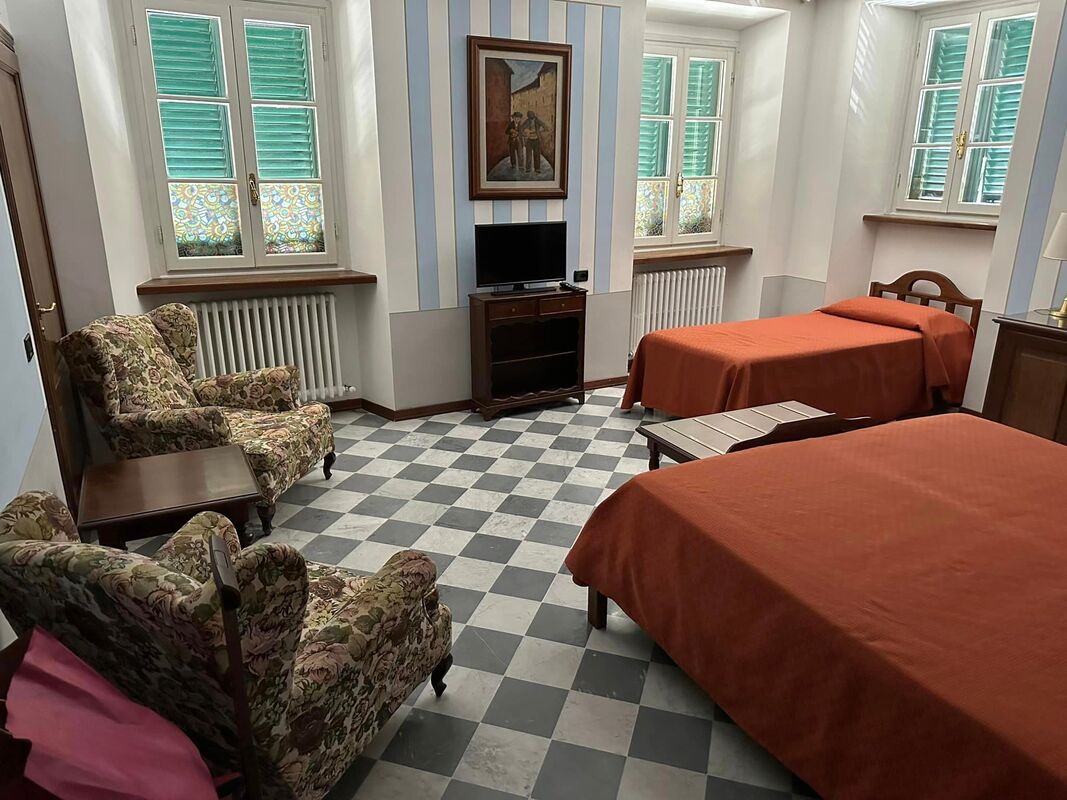 Arrived at our hotel. It’s an old classic. Maybe not for everyone but I like it. Very friendly desk help to me, the newbie. Arrived at our hotel. It’s an old classic. Maybe not for everyone but I like it. Very friendly desk help to me, the newbie. Sourdough bread making today with Chef Damiano at Fattoria Sardi. We were also treated to lunch there. We go back tomorrow to bake the bread and another lunch. Oh my goodness...all around excellent. A highlight today is a visit with Carlo. He’s 85 years old. His family has been blacksmithing for over 500 years. Sadly, no one is coming up behind him. This place is fascinating! It is run completely on water power. Such a skilled master artisan. We were all mesmerized. Today we worked with Chef Damiano again and got our bread baked from yesterday. We then had a tour of Fattoria Sardi vineyards and wine areas. We learned to make our own sourdough starter. Then another fabulous lunch. After that we visited a farmer who grows ancient varieties of wheat. A brief rest at the hotel then out to dinner for pizza and a beer. We learned to make these yeasted flat breads [Ed.--fogaccia leva di Gallicano] yesterday. These are made on traditional flat iron sort of griddles. Some call the pan testi but there are other names [Ed.--cotte in Gallicano] depending on the village tradition. Our hosts have been best friends since birth. What a duo! The ensuing lunch with this traditional food was really good. It is served with a local bean and sausage ‘soup’ [Ed.--fagioli all'uccelletto, a traditional Tuscan bean stew]. Then they taught us a version made with chestnut flour [Ed.--necci] and rolled around fresh ricotta. After this, we went to another village to learn the same technique for one with no yeast or rise, a mix of flour and cornmeal [Ed.--criscioletta of Cascio], with strips of pancetta cooked into it. Needless to say no one was hungry for dinner. A flour mill that is still driven by water. Note that the water wheels are horizontal. They made the flours for our flatbread class. Then on to more beautiful places. Rhonda was unable to take part in the final day of the Artisan Bread Course Tuscany. If she had she would have learned about the Slow Food Presidium Garfagnana potato bread with Paolo Magazzini. With a visit to Paolo's farro polishing machine and free range beef cattle during gaps in bread making. Topped off with a lunch cooked by Paolo's wife!
This was all part of the Artisan Bread Course Tuscany, which will be taking place again from 11–16 February. It used to be in July, but it's too hot now to do anything, much less bake bread. Find out more here. If you landed here by chance and would like to be notified of future posts, you can sign up here. If you’d like periodic news about our tours and courses, sign up here.
0 Comments
|
Email Subscription
Click to subscribe to this blog and receive notifications of new posts by email. AuthorErica Jarman Categories
All
Archives
October 2023
|
|
copyright 2017 sapori-e-saperi.com | all rights reserved
|
Website by Reata Strickland Design

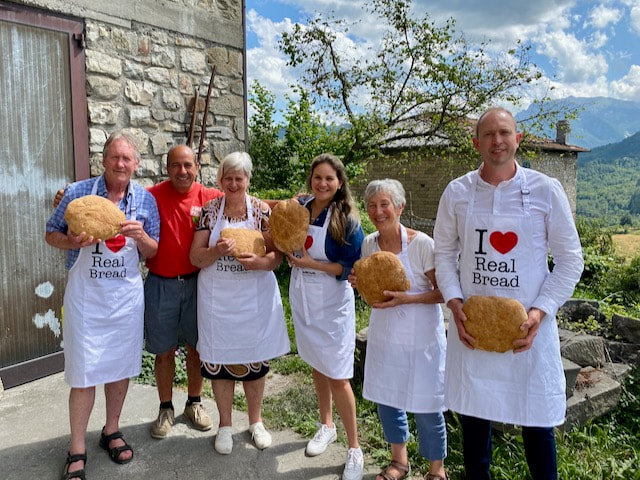
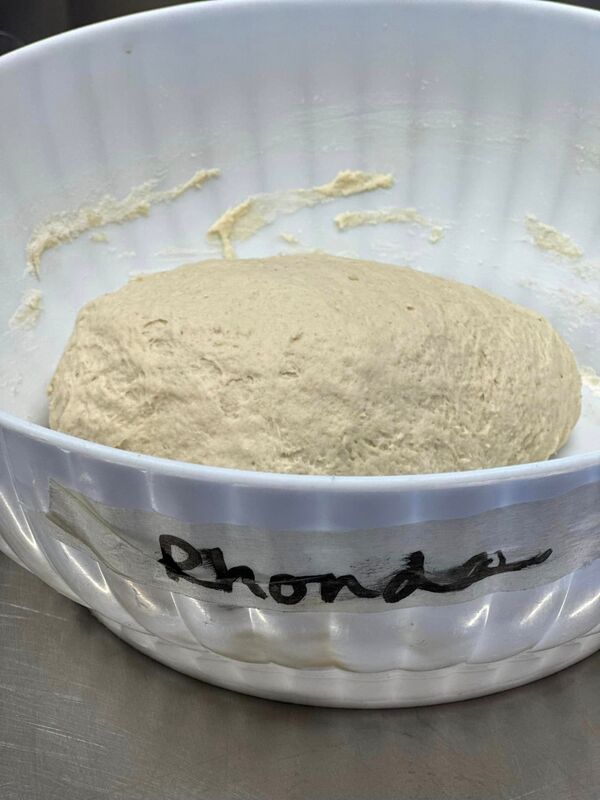
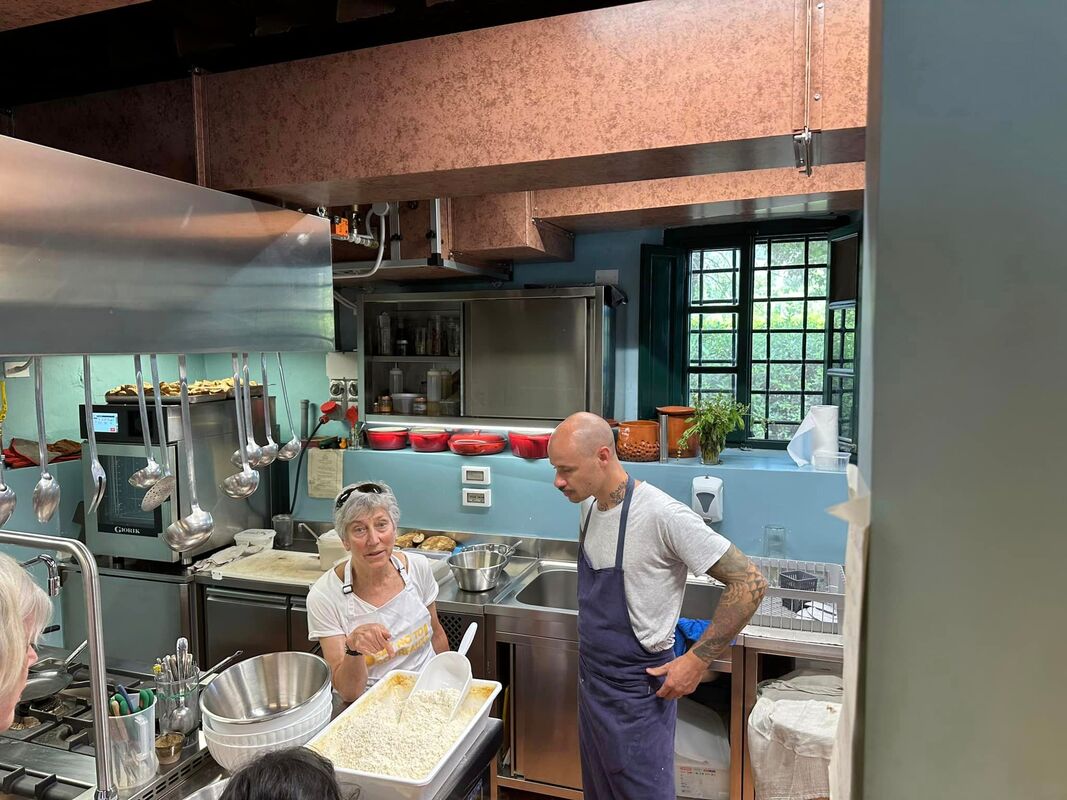
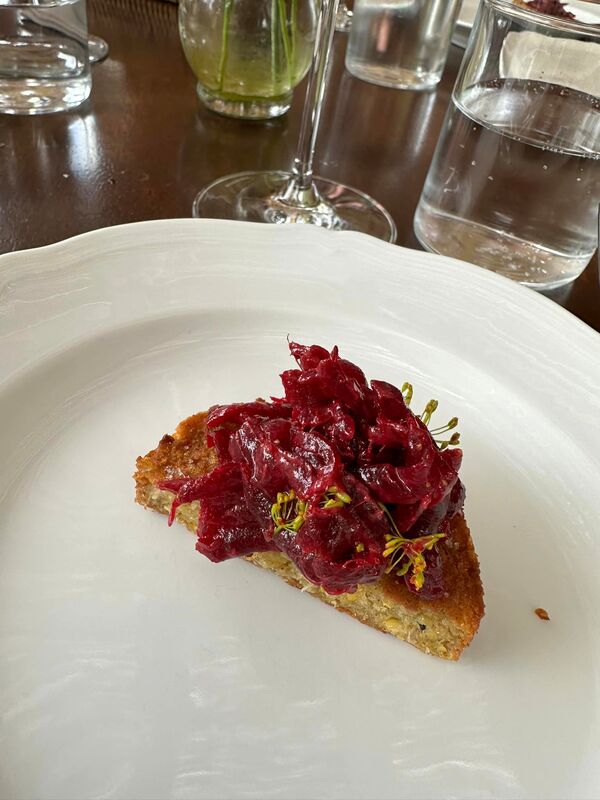
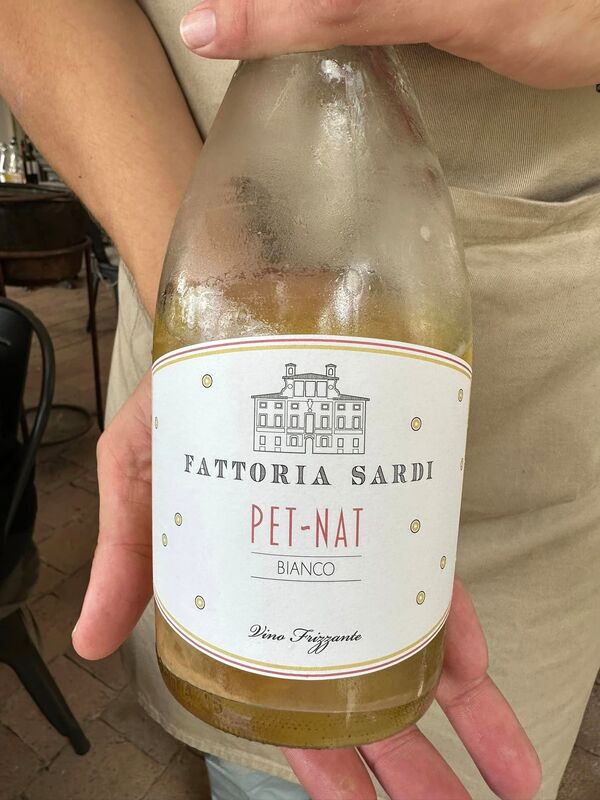
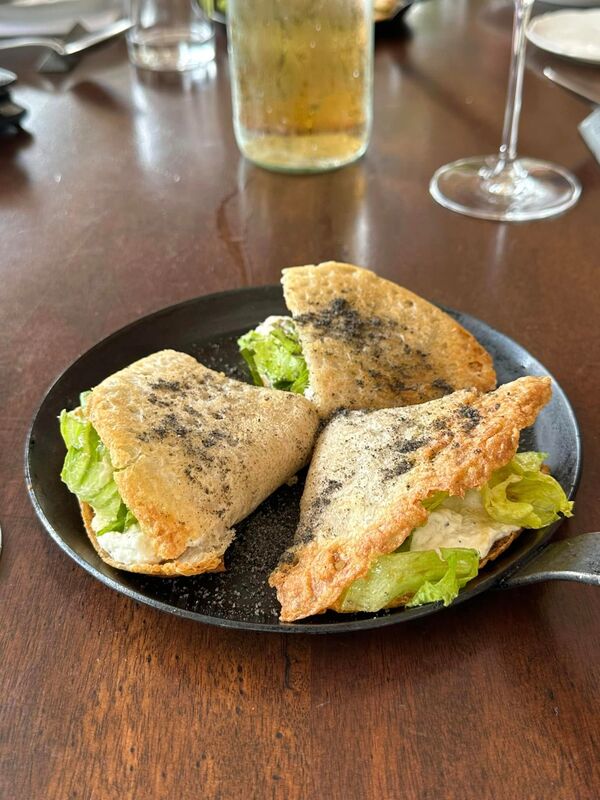
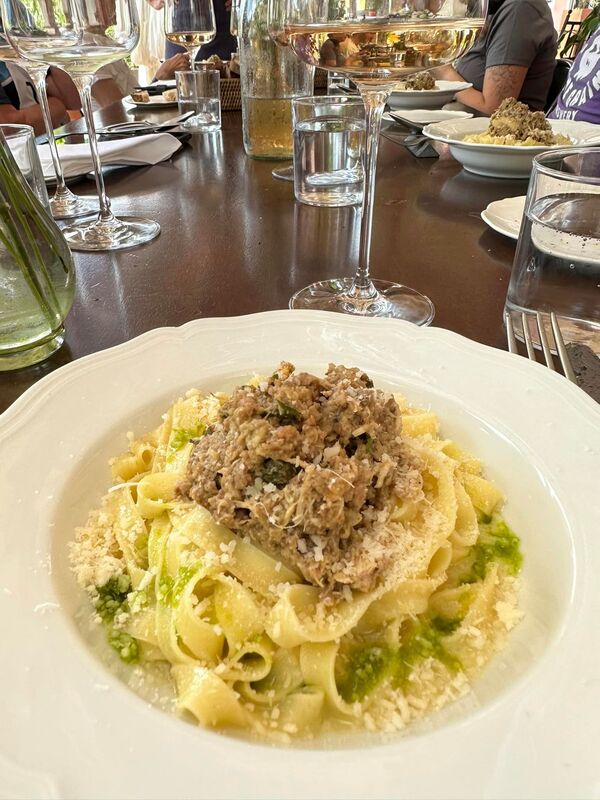
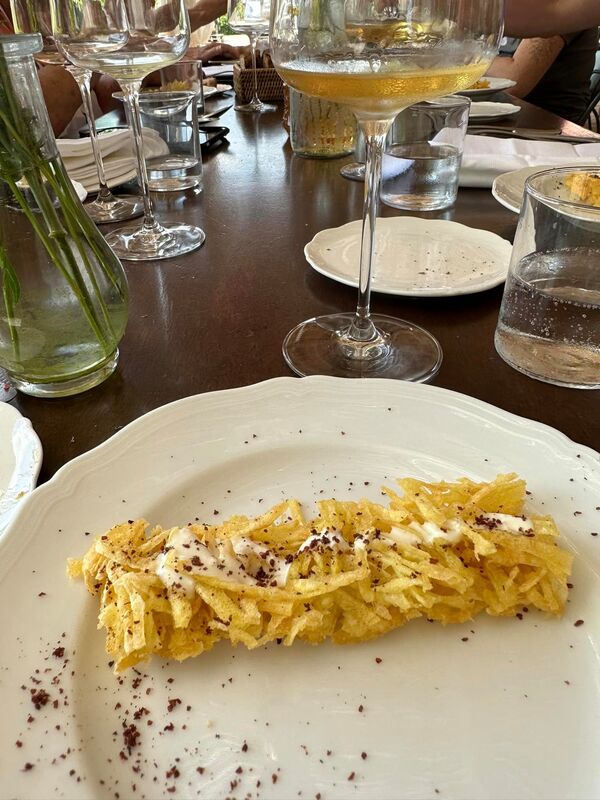
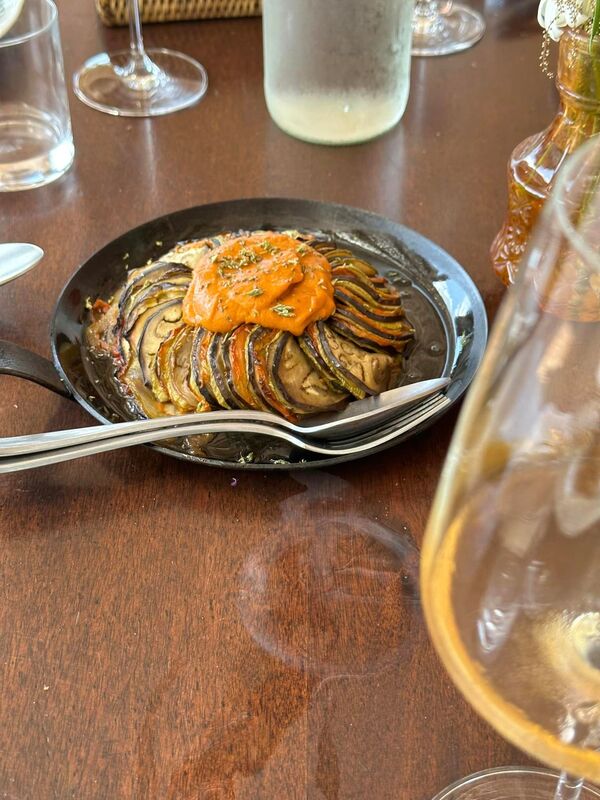
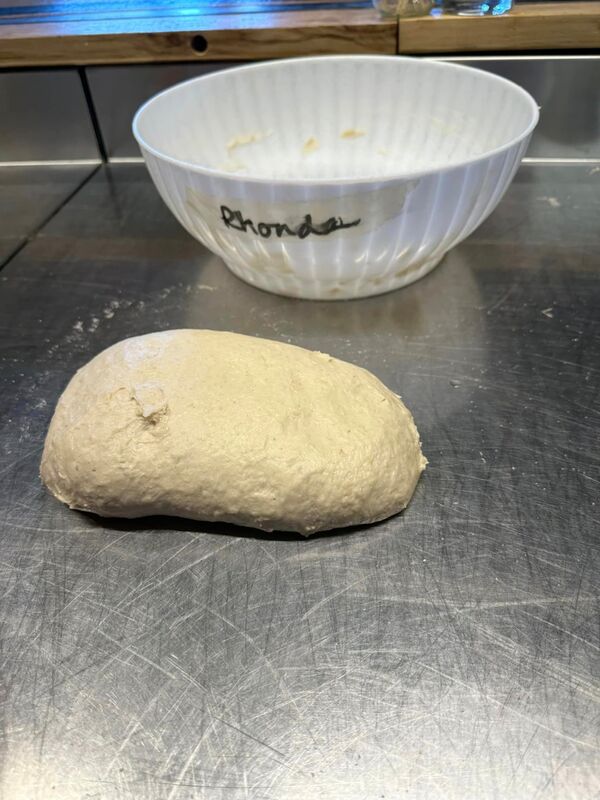
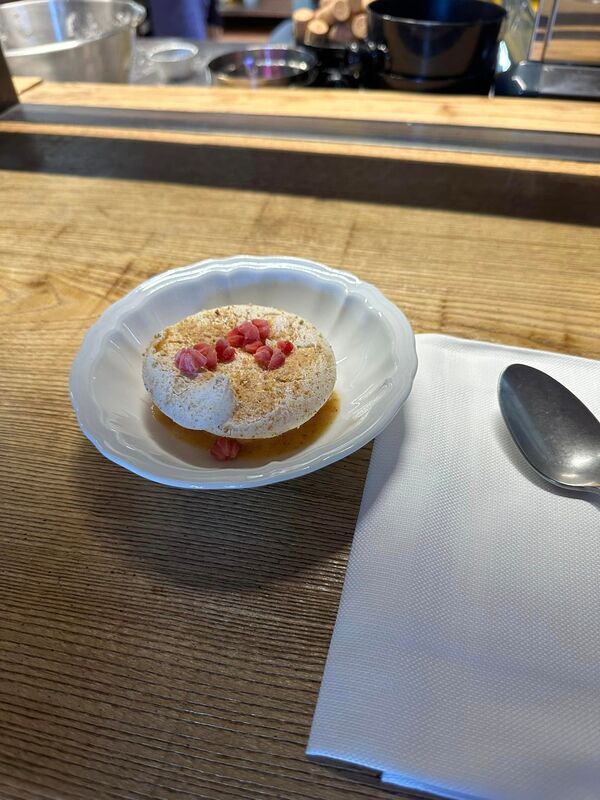
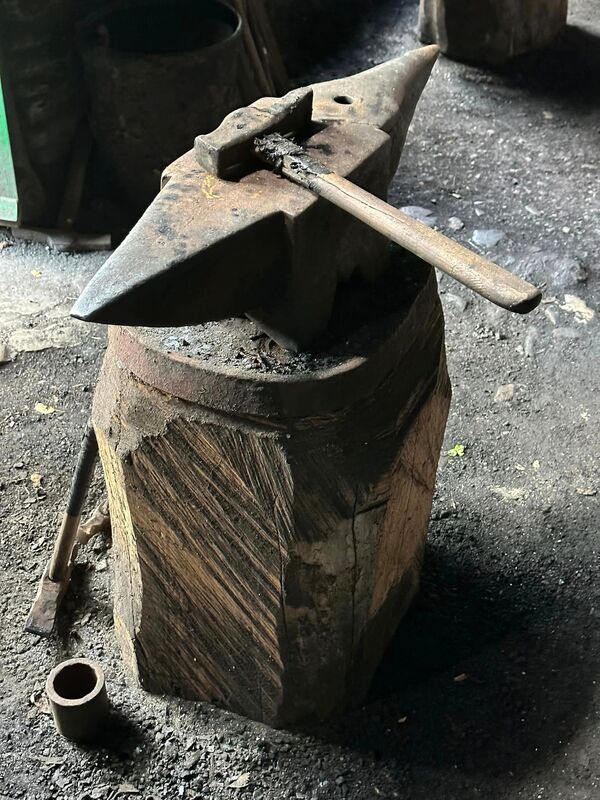
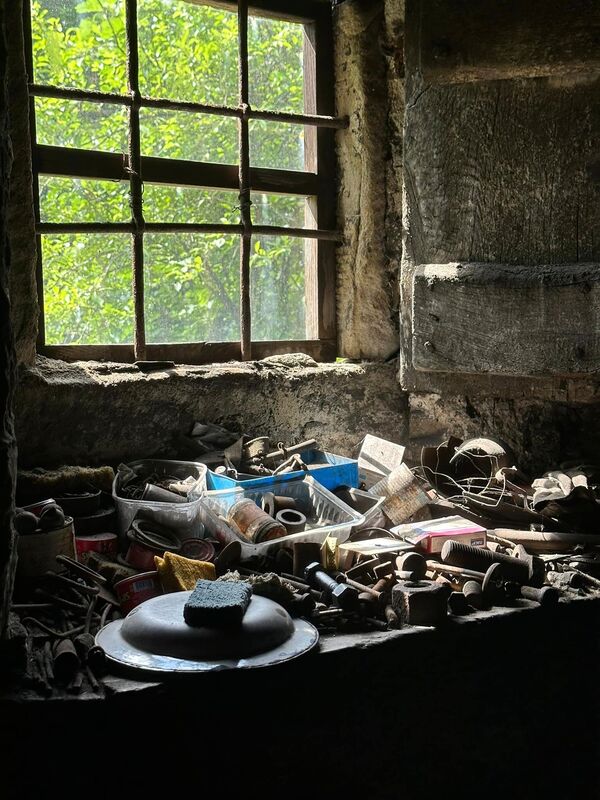
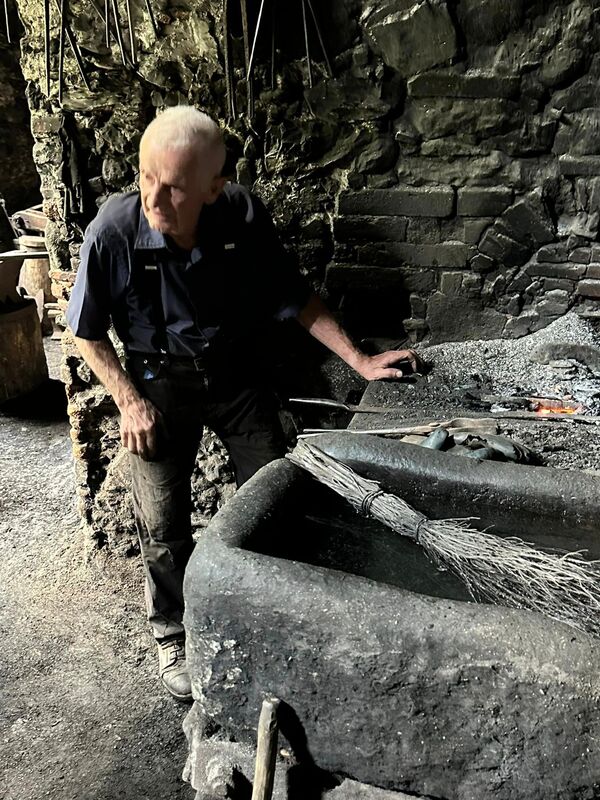
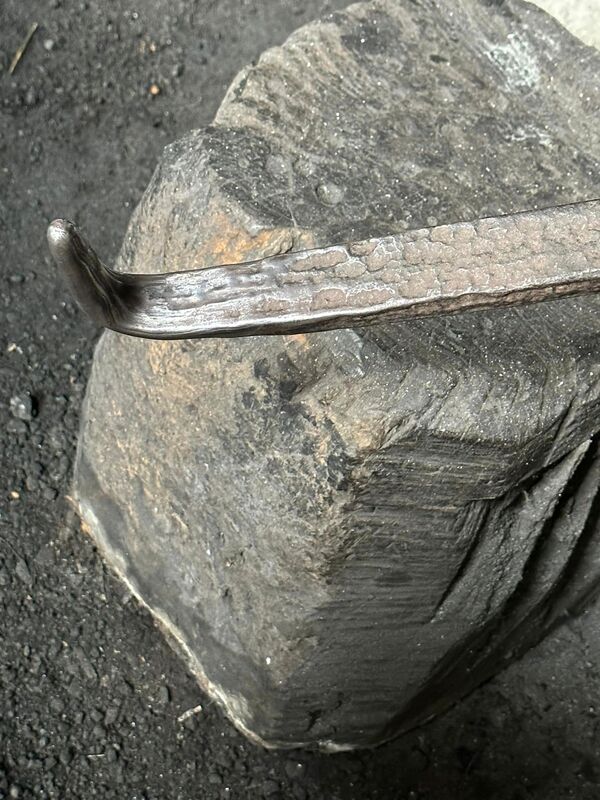
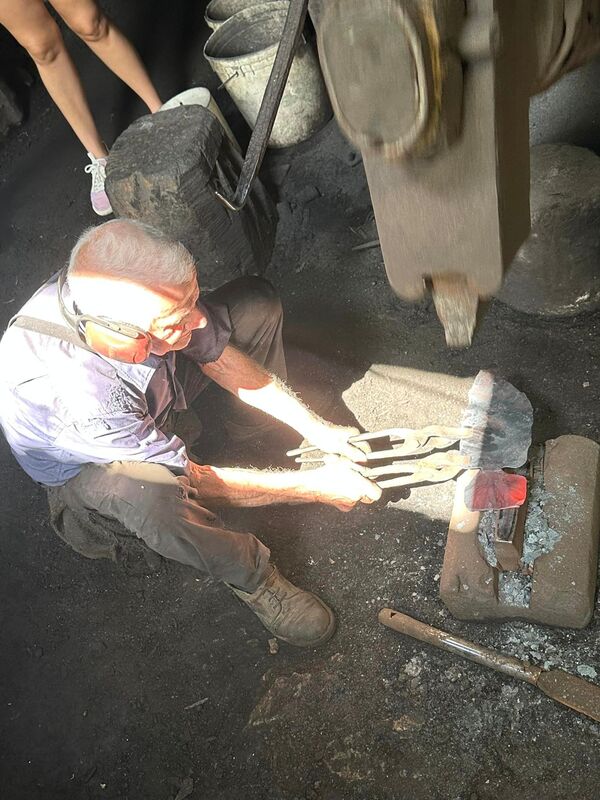
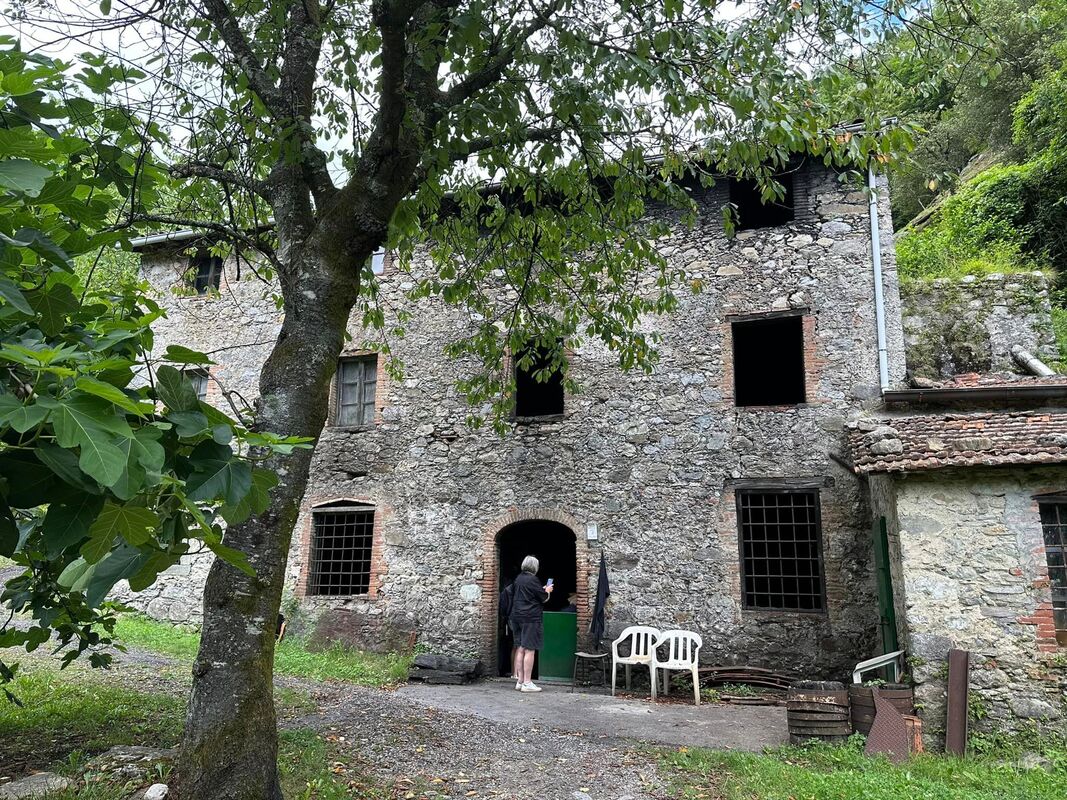
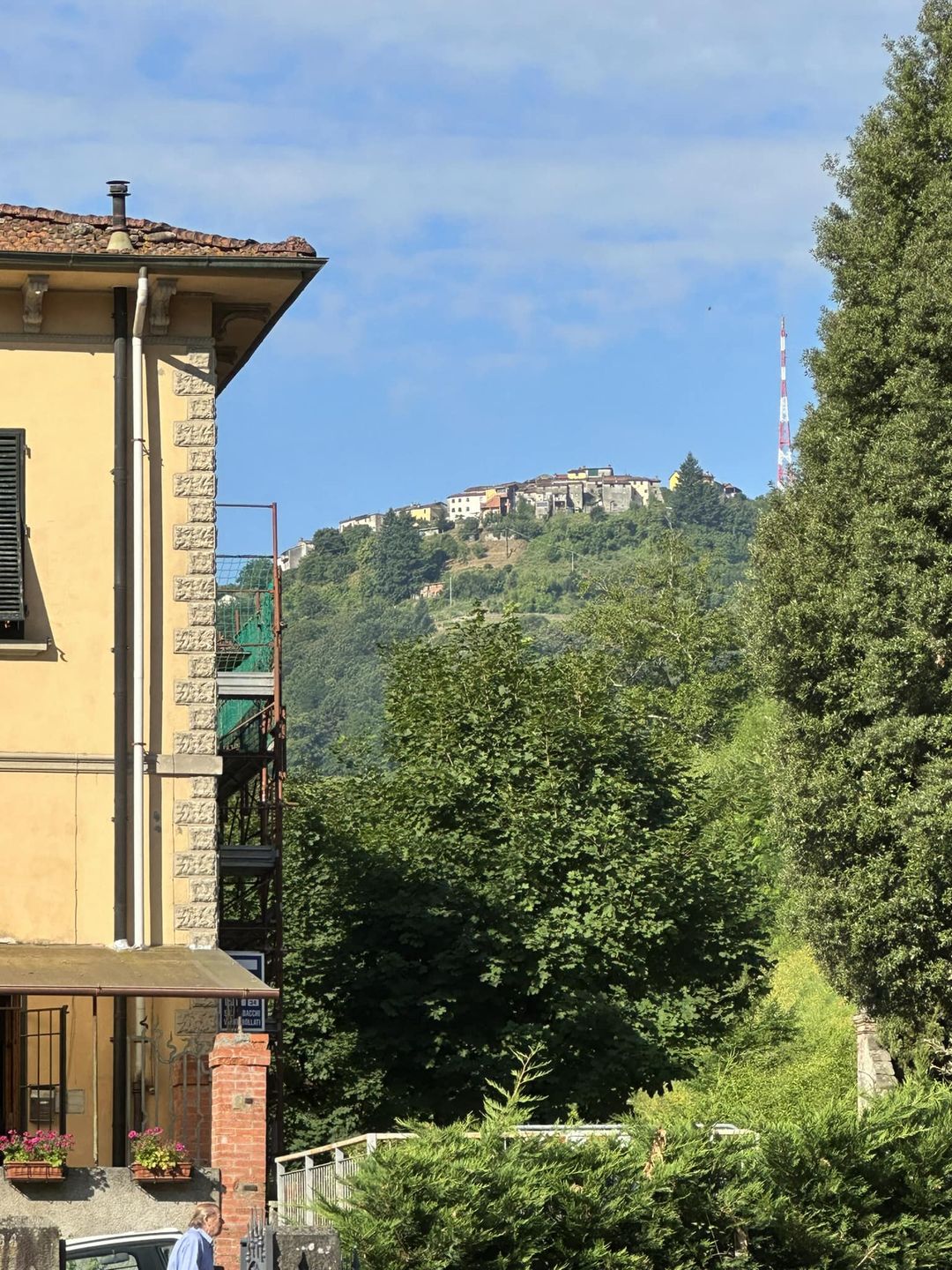
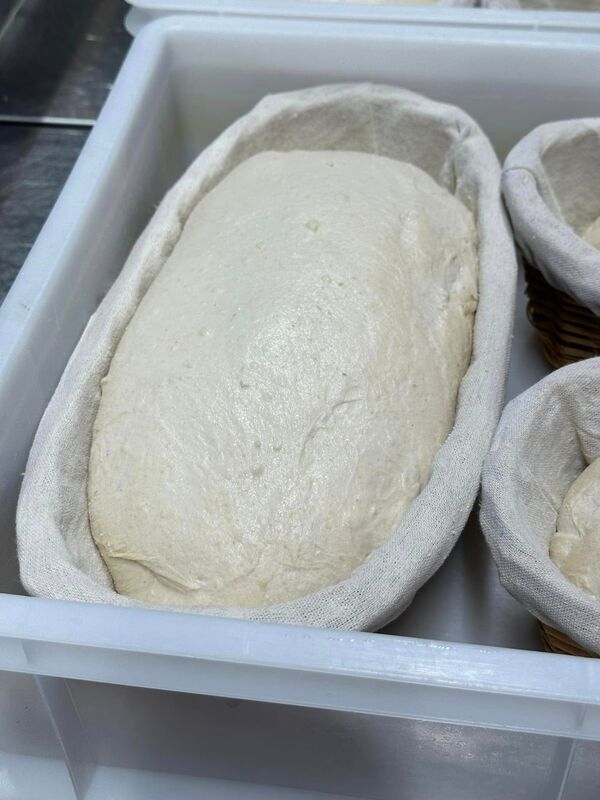
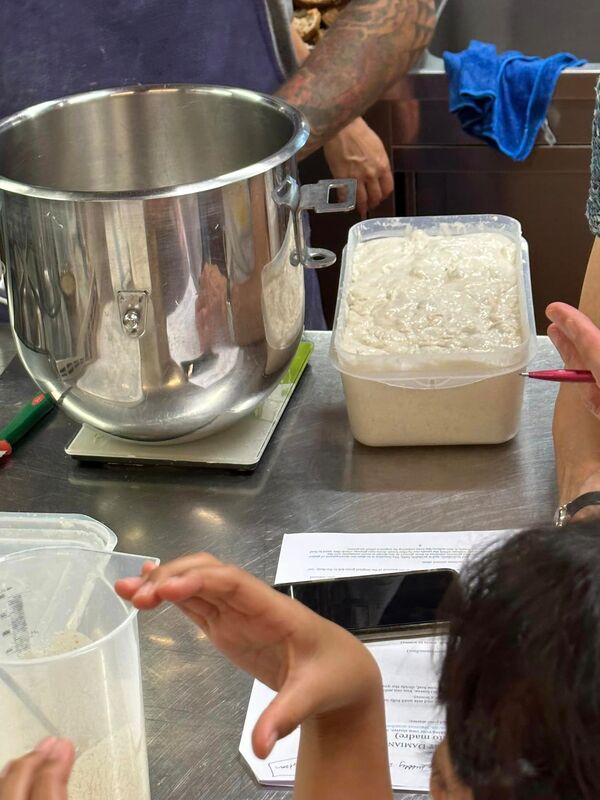
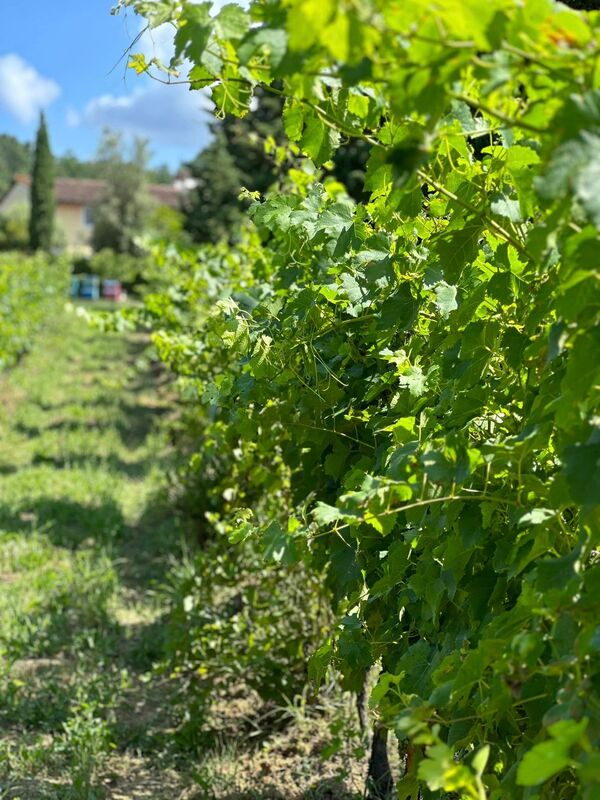
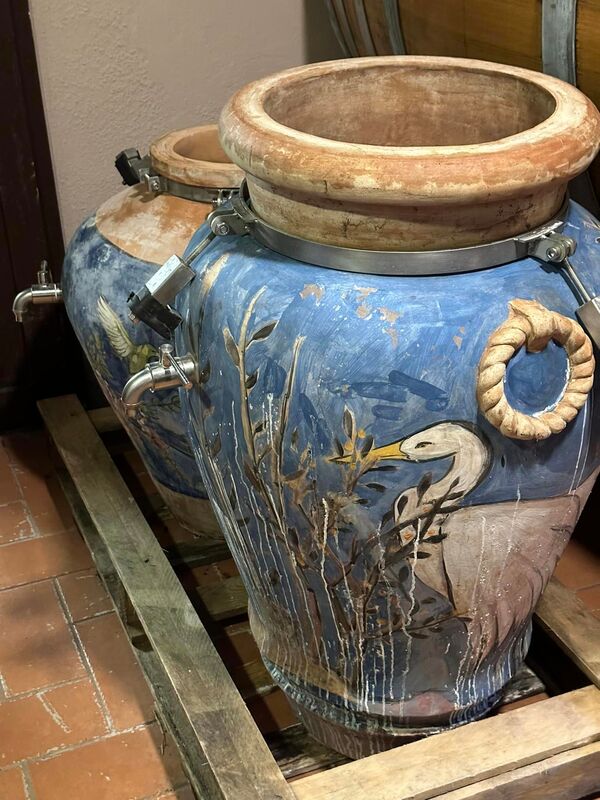
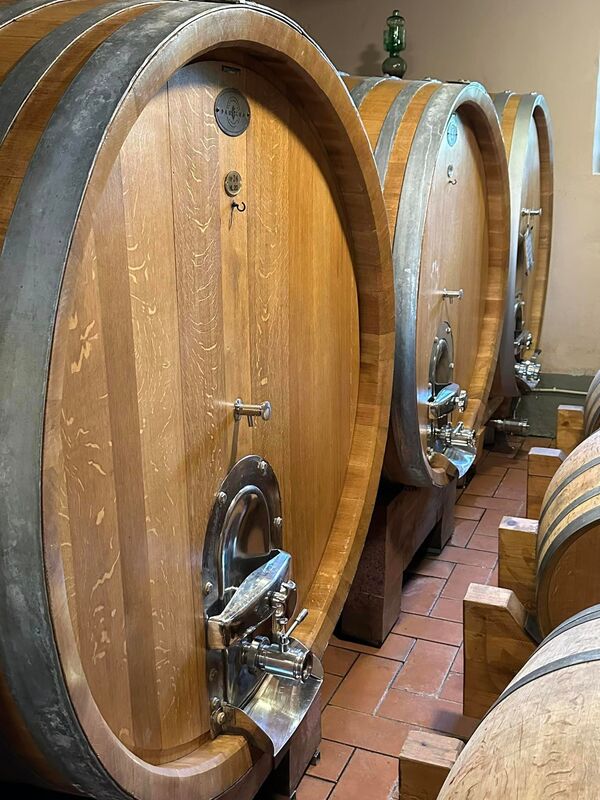
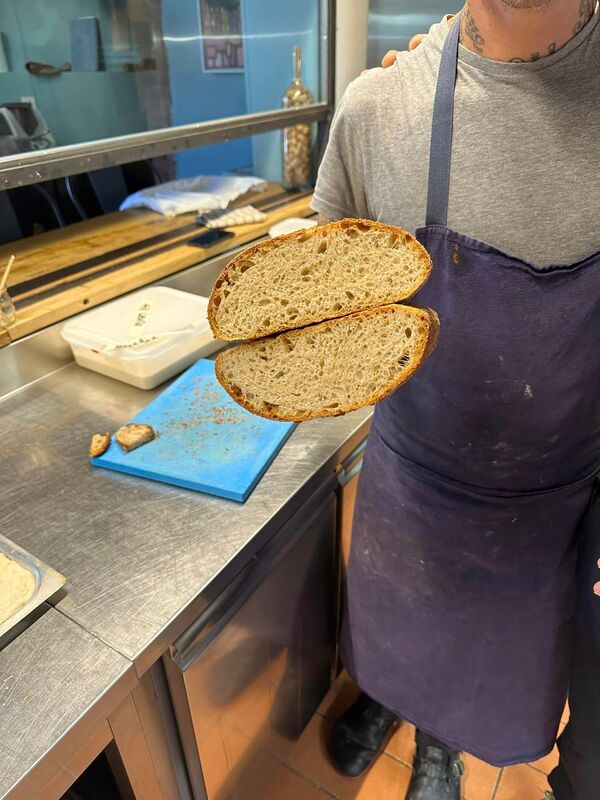
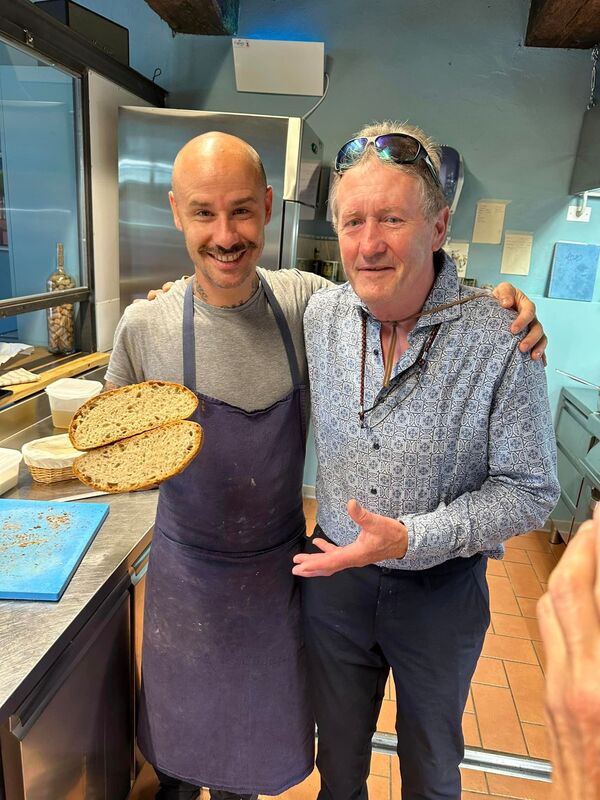
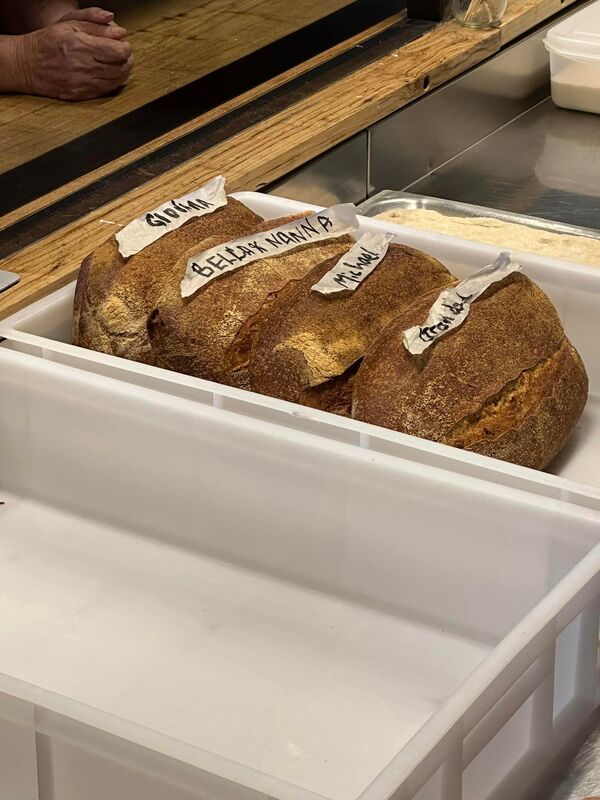
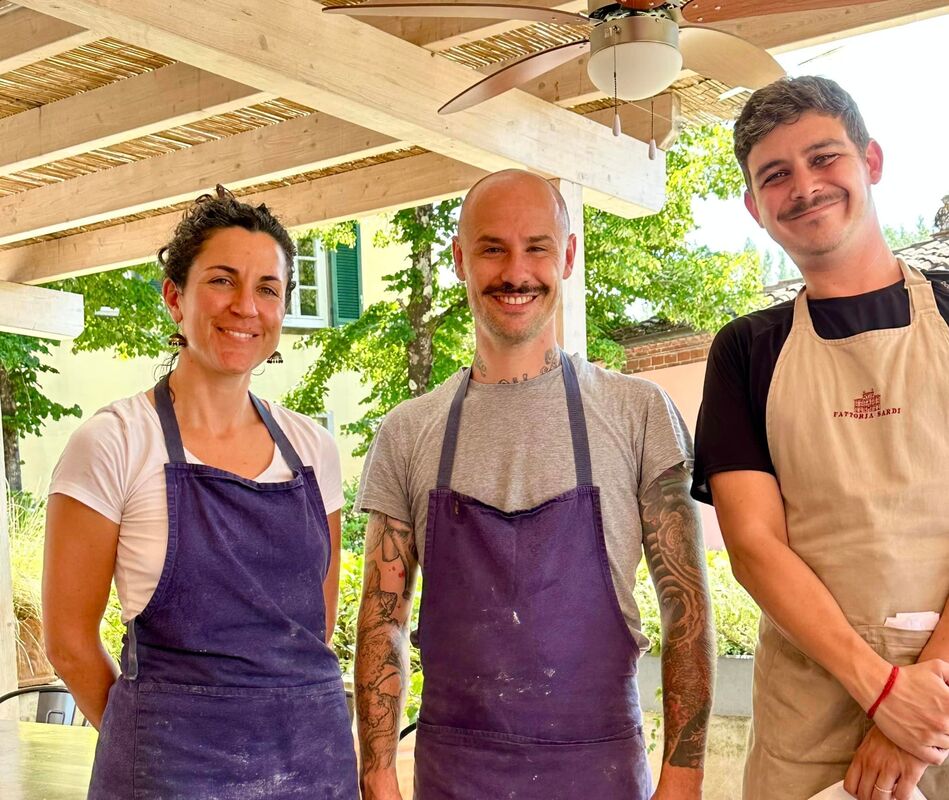
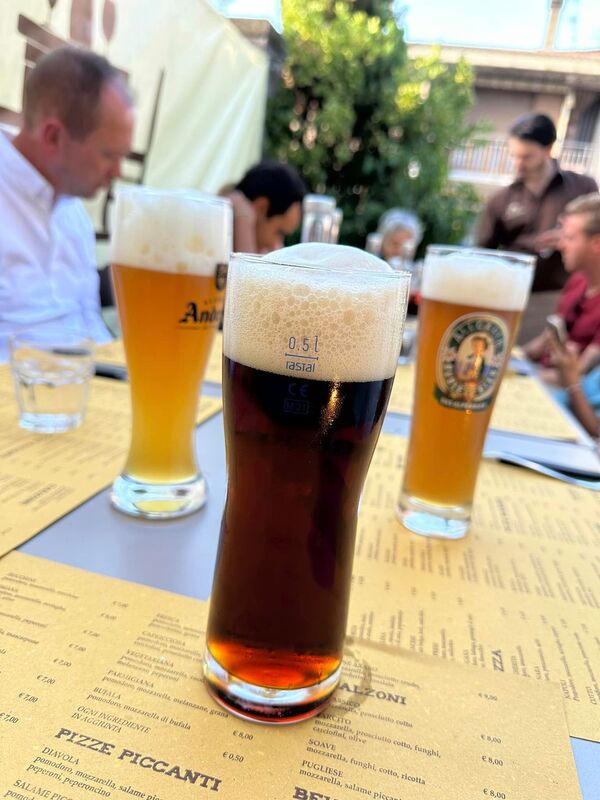
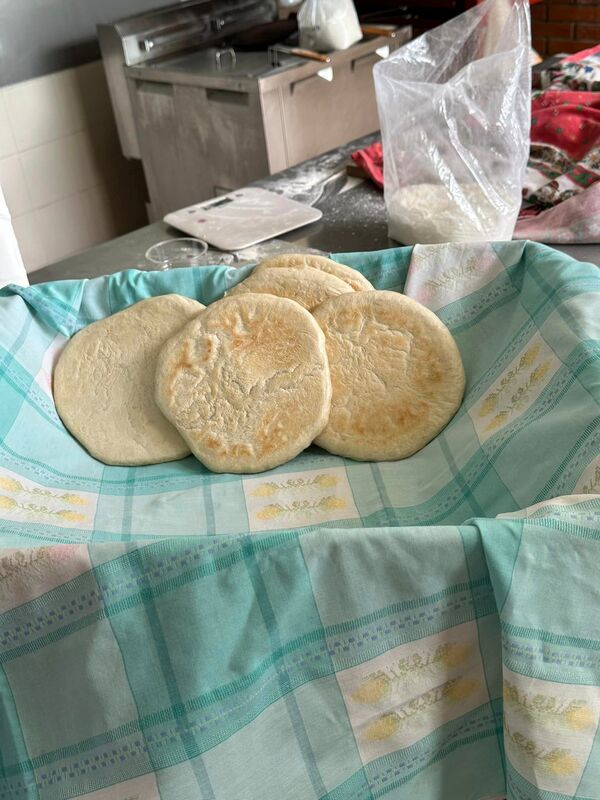
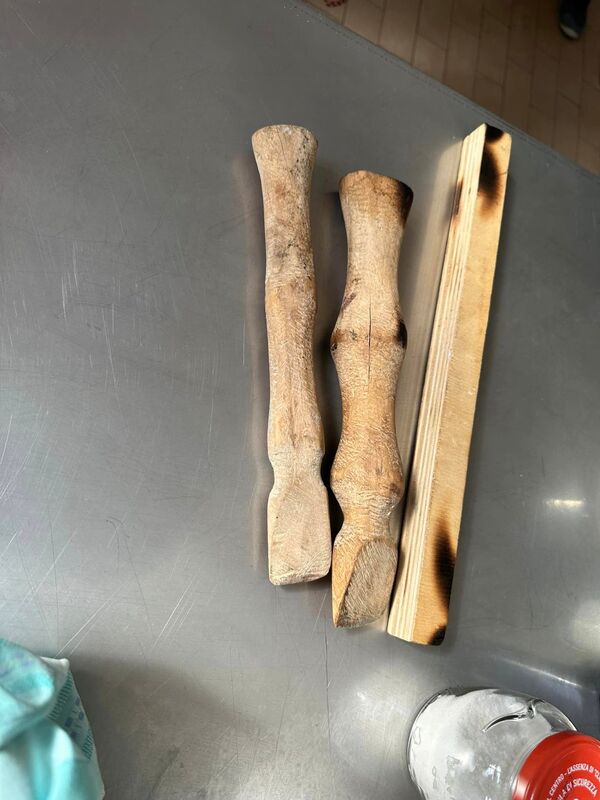
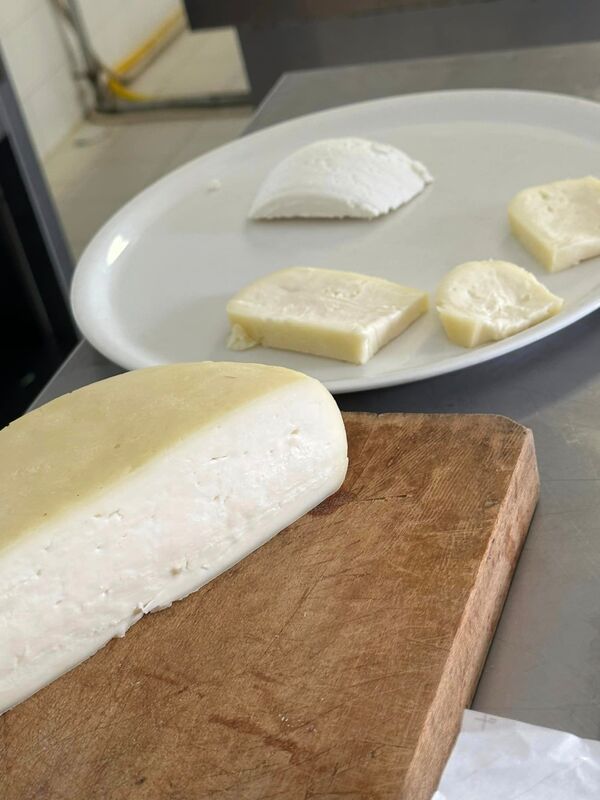
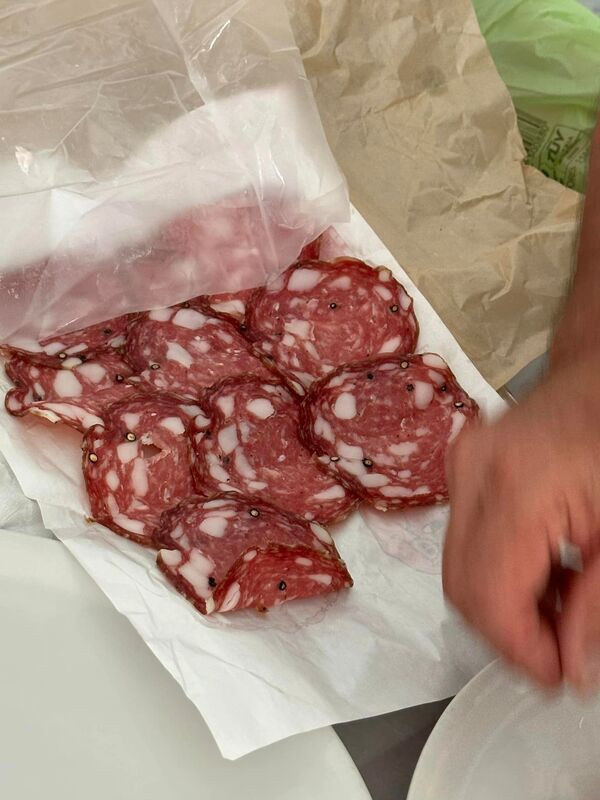
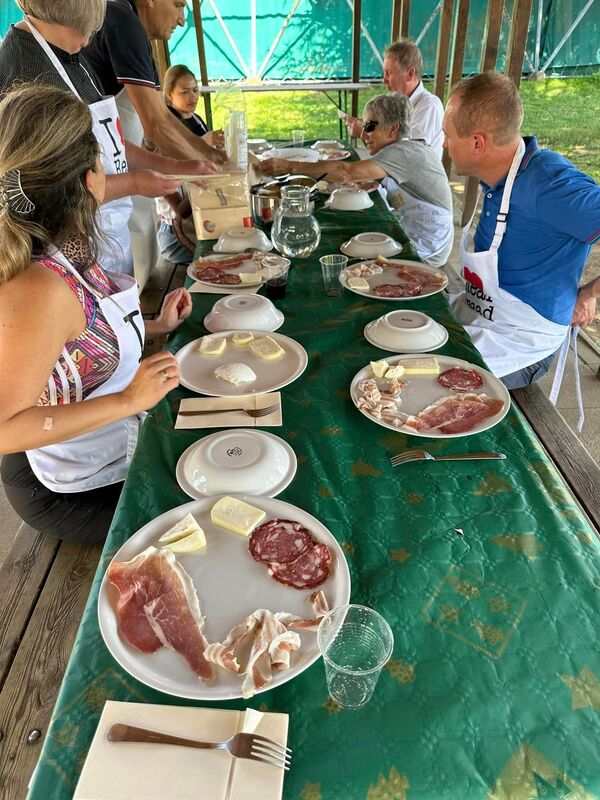

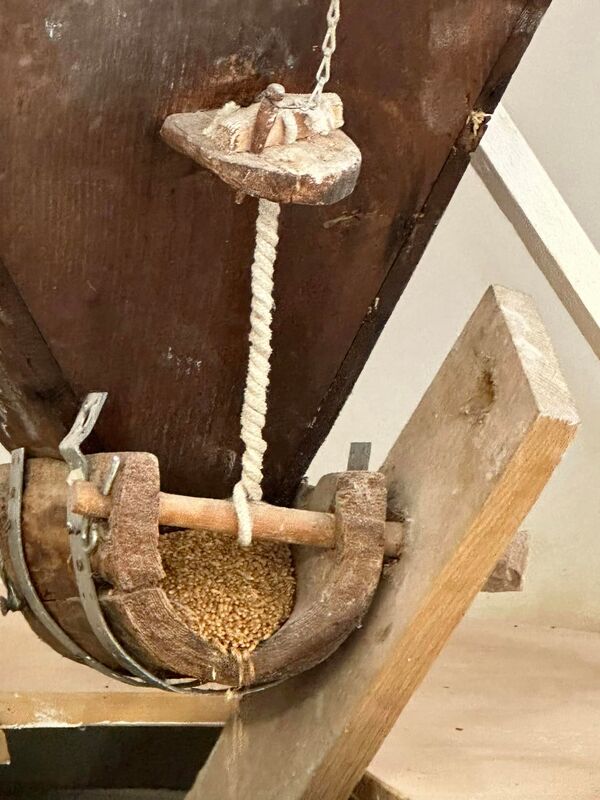
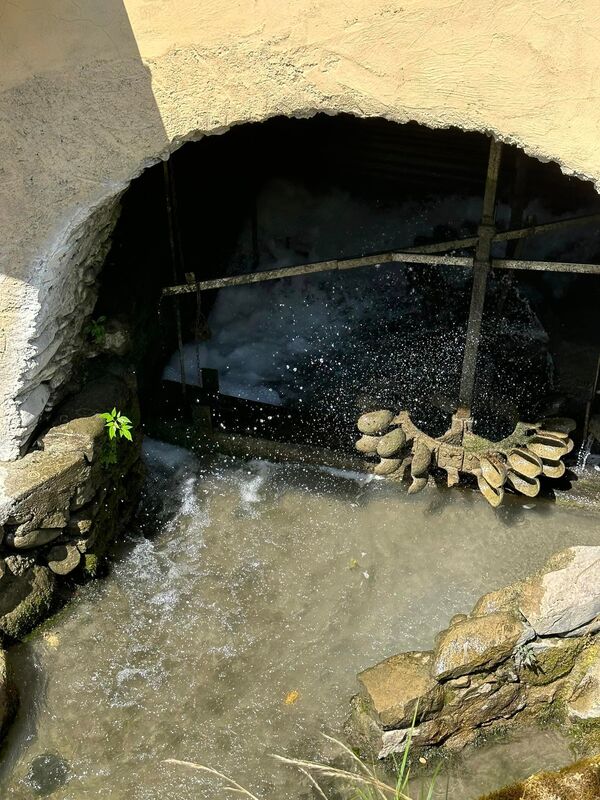
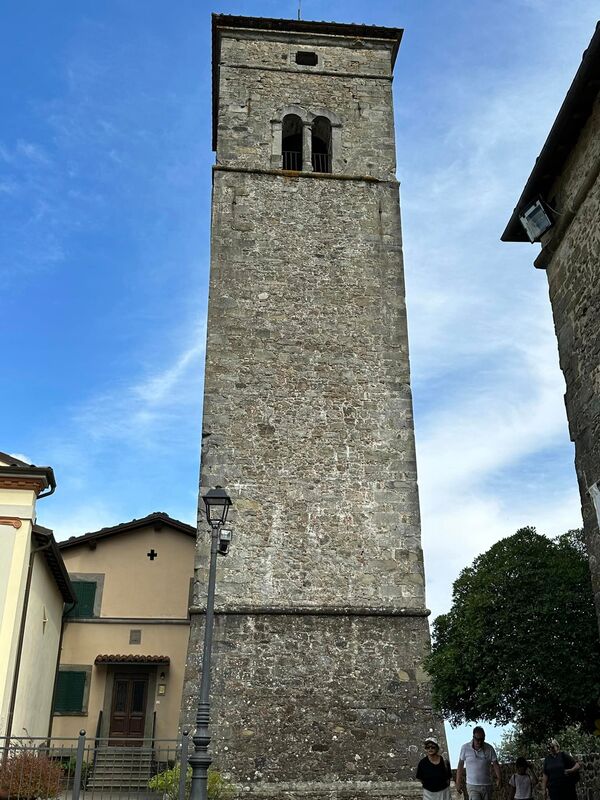
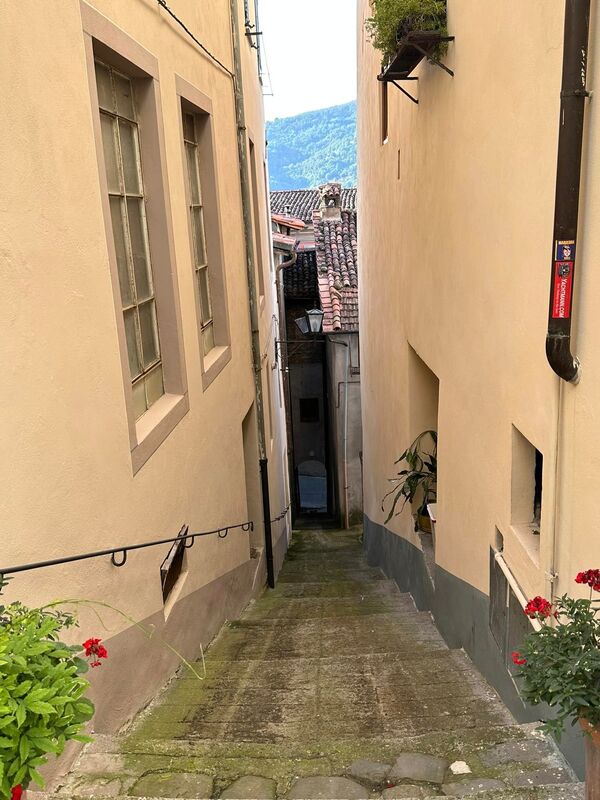
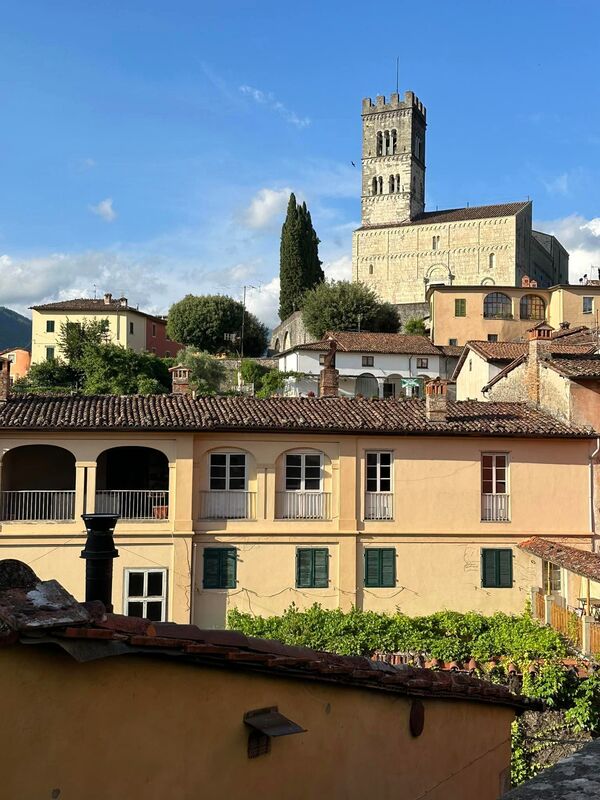
 RSS Feed
RSS Feed



